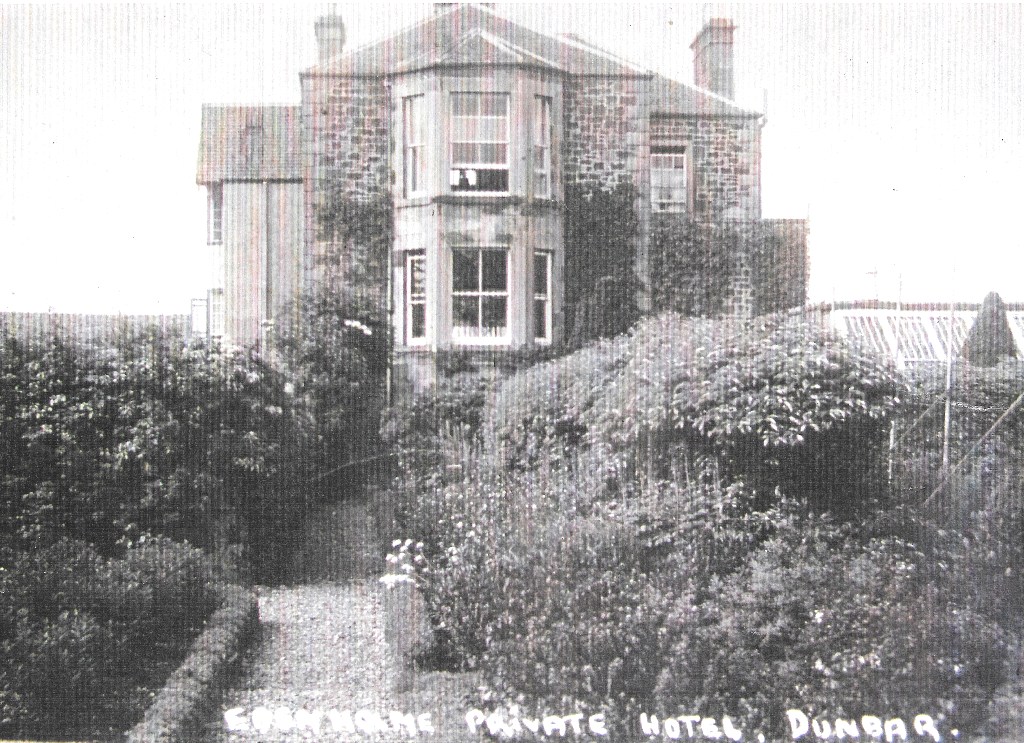This month sees an innovation in the Resources section in that it features extracts from one of the monthly talks given to the Society. After each talk – with the speaker’s permission – there will be four slides from the presentation, plus some notes. This will give those who missed the talk a chance to get a flavour of the talk, as well as giving those who did attend a reminder of the talk. The first talk featured here is by DDHS member and volunteer Dr Pat Simpson and her title was “Who lived at the Eden Hotel”. 15 Belhaven Road, Dunbar was until recently called the Eden Hotel. Was it always a hotel, and who owned it and lived there?”. The talk looked at the hotel building’s history up until 1947. Below are some of the photos included in the talk, with added links by Jim Herring.


In 1805, George Sked built the Dunbar Foundry, on this site, remains of which can be seen in adjacent buildings. In 1854, the Iron foundry is described as “About 7 Chains West of the Wash Houses An Iron Foundry with a neat dwelling house and garden the property and residence of Messrs SKed”. Their main output was steam driven threshing machines, invented by Andrew Meikle of East Linton, with the help of John Rennie of Phantassie, who had knowledge of steam engines through his friendship with James Watt. In 1851, recently retired Lt. Col. William Purves bought the property and named it Edenholm. He joined the Honorable East India Company Army aged 18 and was promoted to Captain of the 9th Bombay Native Infantry. Pat commented that, despite being a private company, the EIC had its own army and was more powerful than the state government in many areas of India. He married Elizabeth Ronaldson, a Haddington farmer’s daughter and later acted as army postmaster, quartermaster and adjutant, along with other senior roles. His daughter grew up there, married and moved away. On inheriting the property, she arranged for the addition of the red coloured extension, to house bathrooms and kitchens, prior to renting out the property. Indoor plumbing had finally arrived!


One of the tenants was Herbert Collingridge. He went on to buy the house. His wealth came from growing indigo in northern lndia. The white on the horizon in this scene is the snow covered Himalayas. Indigo is best known as the dye for blue jeans. After his death, the house became a hotel, only acquiring the name Eden Hotel in 1947. After all, Edenholm Hotel would not fit so neatly above the door. So the Eden Hotel has a fascinating history and this was brought to life by Dr Pat Simpson’s excellent research in her presentation.

You must be logged in to post a comment.